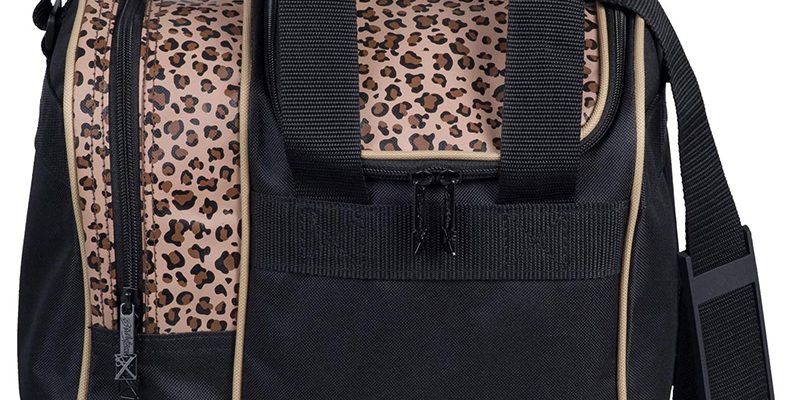Bowling bags may seem like simple accessories, but their design involves a careful balance of form and function. In this blog post, we’ll explore the science behind the design of bowling bags and how it impacts a bowler’s experience.
Ergonomics and Comfort
Bowling bags are designed with ergonomic principles in mind to ensure comfort during transport. Features like padded handles, adjustable straps, and cushioned back panels help distribute weight evenly and reduce strain on the bowler’s body.
Material Selection
The choice of materials is critical in bowling bag design. Bags are typically made from durable materials like nylon, polyester, or canvas. These materials provide the necessary strength and resistance to wear and tear, ensuring the bag’s longevity.
Ball Compartment Protection
The design of the bowling ball compartment is particularly important. It should provide a secure and padded enclosure to protect the ball from damage during transport. Ball cups, foam padding, and sturdy dividers are commonly used to achieve this.
Shoe Storage
Bowling bags often include a dedicated shoe compartment. The design of this compartment is aimed at protecting the shoes and preventing them from touching other items in the bag. Proper ventilation may also be incorporated to keep the shoes fresh.
Accessory Compartments
Additional compartments and pockets are carefully placed to accommodate accessories like gloves, towels, rosin bags, and wrist supports. These compartments are designed for easy access and organization to enhance the bowler’s experience.
Size and Weight
The size and weight of a bowling bag are essential considerations. Bags must be spacious enough to accommodate all necessary gear while remaining manageable in terms of weight. Rolling bags often include lightweight frames and sturdy wheels for ease of transport.
Aesthetic Design
While functionality is paramount, the aesthetic design of a bowling bag also matters. Many manufacturers offer a variety of styles and color options to cater to bowlers’ personal preferences.
Conclusion
Bowling bag design goes beyond aesthetics; it’s a combination of ergonomic principles, material selection, and compartmentalization to provide bowlers with a comfortable, convenient, and protective means of transporting their gear. Understanding the science behind bowling bag design can help bowlers make informed choices when selecting their ideal bag.






